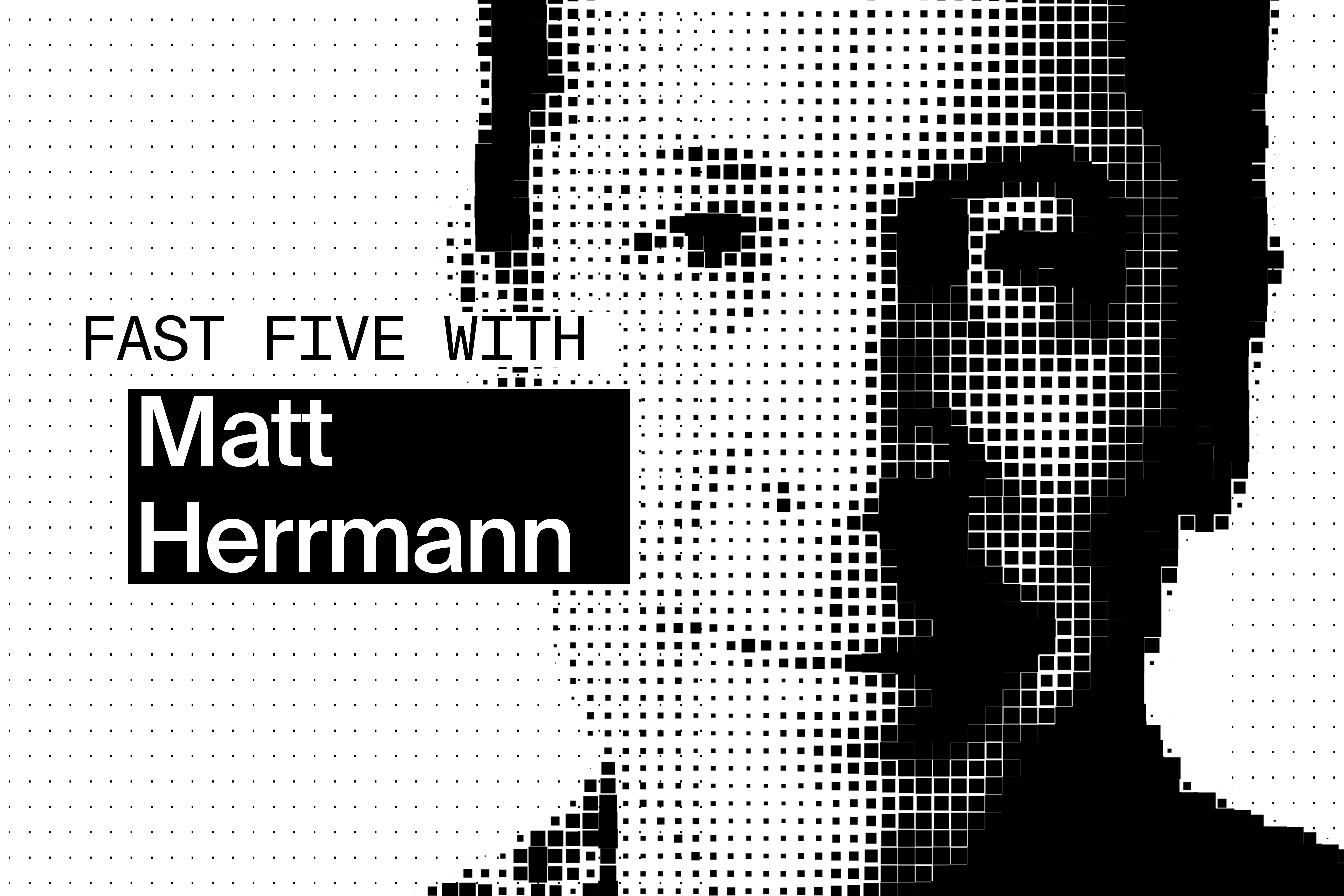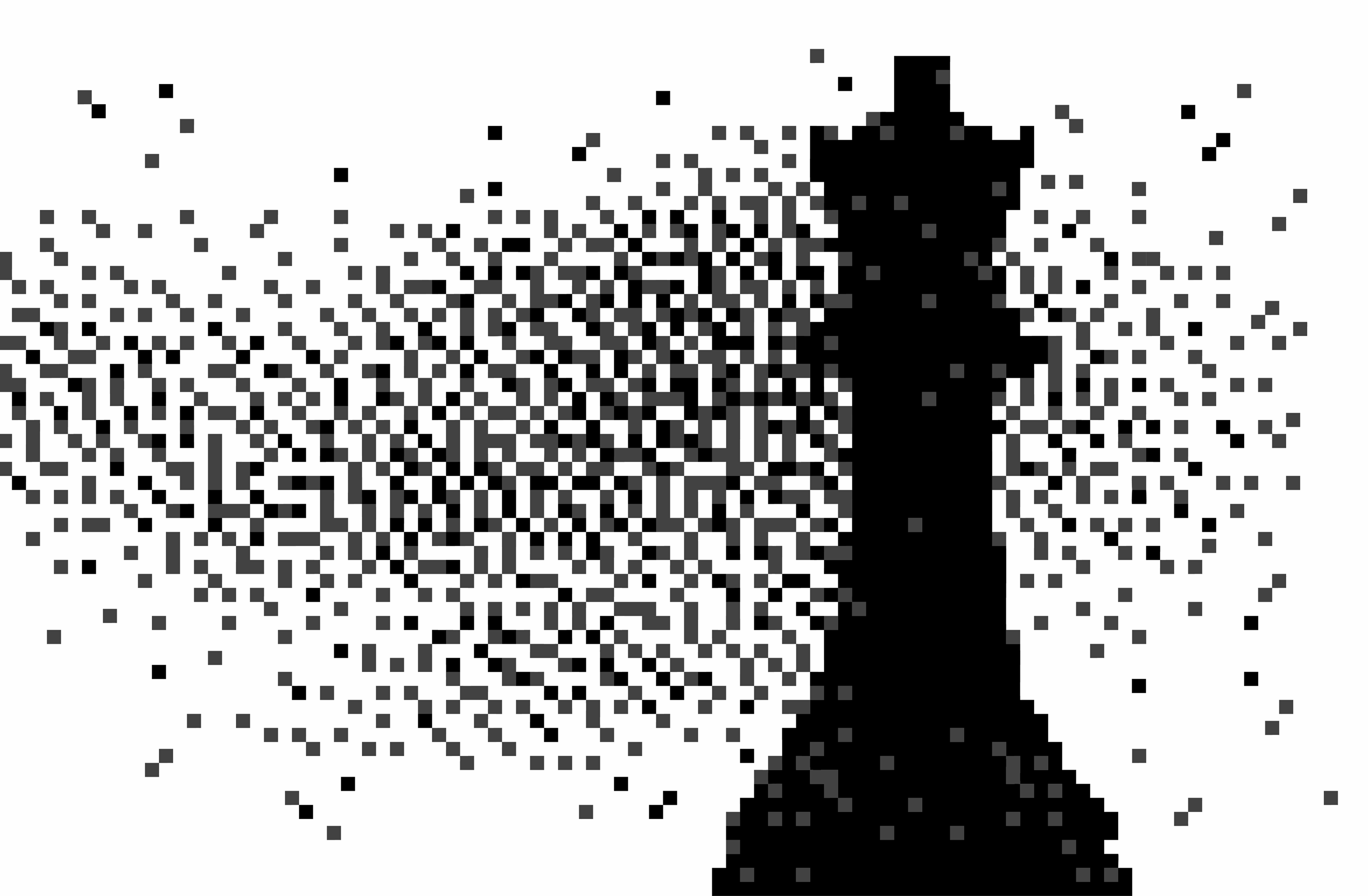Latest News
View All
Fast Five with Matt Herrmann
Fast Five is our rapid-fire interview series, capturing quick takes from the industry on creativity and AI. 5 questions, 5 minutes, unfiltered.
Who are you?
Matt Herrmann
How do you define creativity?
Creativity is the alchemic act of seeing what has always been there and articulating it in a way that feels both new and inevitable.
Is AI a friend or a foe?
Neither and both? It's a phenomenal thought partner and conceptual tennis wall - a very helpful and tireless intern with perfect memory and no gut. It will become a foe if we forget about the importance of emotional experience when trying to connect a human with a brand.
Name a piece of work that AI could never have come up with?
One of my favourite lines of copy ever written is for Malort, a famously foul tasting booze popular in Chicago. The line is "Malort: Tonight's the night you fight your Dad." It's the kind of absurd yet truthful and insanely specific idea that requires instinct, cultural understanding that a machine built to be very good at predicting the next word would never come up with.
It's my favourite T-shirt - here's a link to where you can't buy it anymore because it's that good.
Postmark - Malort, Tonight's the night you fight your Dad t-shirt.
What’s the weirdest place you’ve ever found a great idea?
I don't know if this is weird, but I used Emile Durkheim's theory of the separation of the sacred from the profane to suggest that trash bags can become elevated to a type of religion. Still one of my favourite briefs.
Favourite AI hack or use case? What do you think it is good for?
I love to have an agent debate itself. It's great for following a line of logic down a rabbit hole or up into the stratosphere. I love that it has no shame or self-consciousness about taking the most ridiculous ideas far beyond their logical conclusion.

Insights from Ladies Who Strategize AI Summer Webinar
At the Ladies Who Strategize AI Summer kickoff, Springboards co-founder Amy Tucker broke down why most AI outputs aren’t wrong, they’re just boring.
Unleashing Human Creativity in an AI-Driven World
AI is moving at warp speed. ChatGPT hit 100 million users faster than TikTok, and now every second LinkedIn post is someone breathlessly declaring “the future of work.” But speed doesn’t equal creativity. In fact, if we’re not careful, AI could speed us straight into a world of beige.
Demystifying the magic trick
When we kicked off our Springboards + Ladies Who Strategize (LWS) AI Summer webinar series, our co-founder Amy Tucker shared her take with the group: most AI outputs aren’t bad, they’re just boring. LLMs like ChatGPT are built to give the “most likely” answer. LLMs don’t “understand” your words; they break everything down into tokens and then spit back the most likely sequence. In other words, they’re probability machines, not possibility machines.
That’s why they’re fast and impressive, but also trained to follow a pattern. Amy demoed it live: ask an LLM any number 1 to 10 and you’ll get the same “random” outputs. Another example: Two different marathon runners received identical training plans from an LLM. Even creative asks like ideas for “band names” collapse into predictable, low-entropy answers.
Machines don’t dream. They echo.
Breaking the gray with Springboards
Springboards was built to be the antithesis of LLMs. We don’t hand you the most probable answer. We hand you sparks, weird prompts, thought-starters, and curveballs, designed to push your brain somewhere it wouldn’t go alone.
Our platform has modes literally called LSD and Asylum for a reason. They’re not about being safe or efficient; they’re about messing with the machine until something interesting, unexpected, and fun falls out.
Because we believe the real power of AI isn’t about removing humans from the process. It’s about supercharging them.
What AI is good for (and not)
Amy also talked about where AI does shine:
- Getting you up to speed fast on new topics
- Spotting patterns in mountains of data
- Helping you flip perspectives or reframe a problem
- Generating starter ideas you can riff off
But let’s not kid ourselves. AI isn’t good at originality. It isn’t good at taste. And it definitely isn’t good at giving you the kind of hard feedback that makes an idea go from okay to killer.
That’s still the human superpower.
Humans + AI > boring
So where does that leave us? Pretty optimistic, actually. New tools always bring new possibilities. Just like the camera didn’t kill painting, AI won’t kill creativity. It just changes the canvas.
The challenge — and the fun — is learning how to break these tools in ways that make space for more imagination, not less. That’s exactly what Springboards is here for: keeping creativity human, playful, and just the right amount of weird.

Fast Five with Gabrielle Tenaglia
Fast Five is our rapid-fire interview series, capturing quick takes from the industry on creativity and AI. 5 questions, 5 minutes, unfiltered.
Who are you?
Gabrielle Tenaglia, Head of Marketing, Lettuce
How do you define creativity?
When solving problems, its common for people and businesses to ask the same questions and use similar processes...which leads them to similar answers. In marketing its a key reason why so much of the communications in each category look and sound the same. Creativity is about asking different questions and using a different process to open up new options--not just ones that are different from what your competitors are saying, but ones that your competitors could not say. In marketing, creativity is taking your strategy, your messaging and your communications assets to a place where your competitors can't follow you.
Is AI a friend or a foe?
It can be either. Like any other technology tool, It depends 100% how you use it.
Name a piece of work that AI could never have come up with?
This was produced with AI, but developed and written by humans. AI is so much about pattern recognition and doing things that are similar to what you've done before. This is so different than what exists out there in the tax and accounting space that no AI could have come up with it.
What’s the weirdest place you’ve ever found a great idea?
All my great ideas happen when I'm not working. Lately some of my ideas have come from thinking about my grandmother. When she died and we cleaned out her house, we found all of these bundles of money hidden away in different places tied up with ribbons. I'm working on a financial services product. We think about money as a very rational thing but there is SO much emotion wrapped up in it. Like the little bundles my grandmother left us.
Favourite AI hack or use case? What do you think it is good for?
I'm not sure that I have a brilliant answer here--I use it as a partner in lots of thinking and work. It helps you get the obvious ideas out of the way quickly. I am able to be SO fast in doing background research, developing target insights, and understanding the competitive landscape that I can spend my HUMAN time working on the creative pieces that push the thinking to new and more interesting places.
My mother has been sick with a complex medical condition and I've been using it a ton to understand what to expect and figure out questions to ask the doctors. But I haven't been telling the doctors that I'm doing that because I think they'll be annoyed. I had someone tell me recently that they had AI write recommendations or questions in a format that looks like a referral letter from another doctor. They then hand that to their new doctor and it gets more attention. I thought that was super interesting...how AI is giving such good information but we need to "fake" the source so people will accept it.